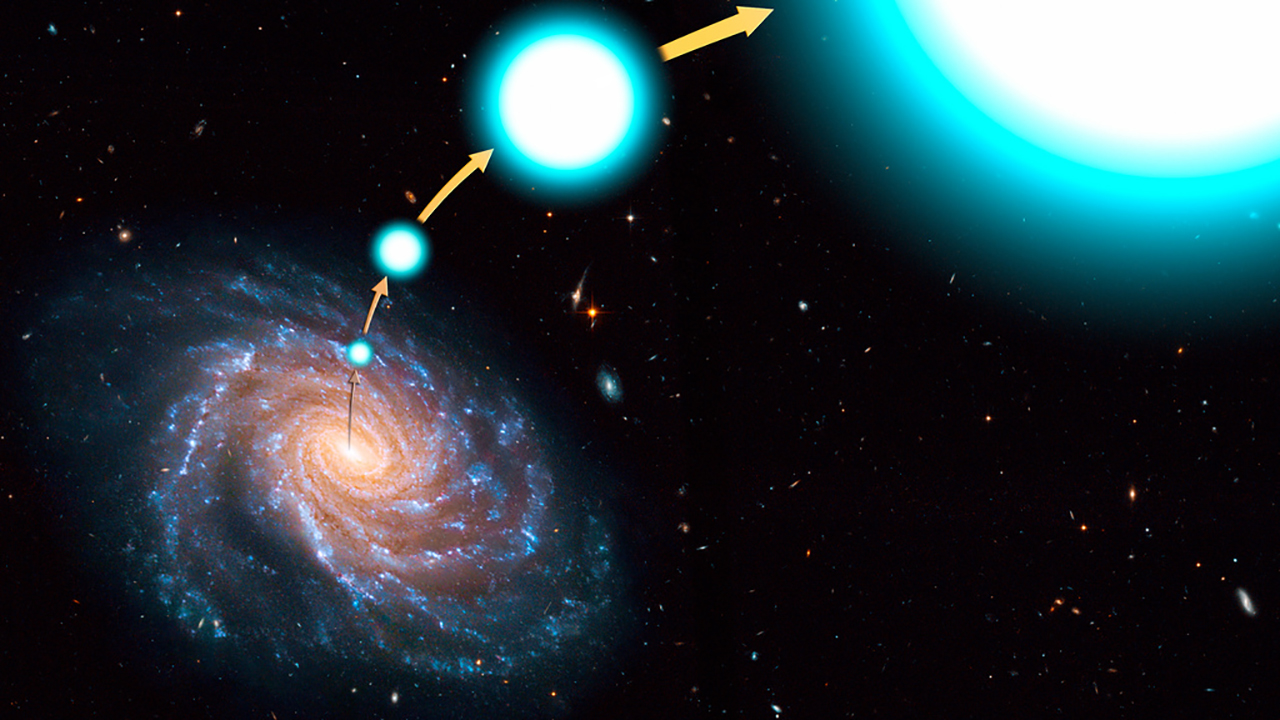What if space travel didn’t actually require that much travel, relatively speaking? What if we only needed to make it to the center of our galaxy in order hitch a ride through a wormhole? That’s just one possibility being brought up by new research published in Annals of Physics. Based on a new theoretical approach to dark matter (the gravitational scaffolding of galaxies), some believe that The Milky Way may actually be one big wormhole.
A wormhole is kind of space-time tunnel that can fold two distant points together, allowing a sort of teleportation. This video shows a visual example of a wormhole, if that description isn’t entirely clear. Basically, because the mathematical models being used in this study actually compute, The Milky Way wormhole would theoretically be “stable and navigable,” instead of tearing matter to shreds.
According to Science Daily, Paolo Salucci, astrophysicist of the International School for Advanced Studies, broke it all down in helpful pop-culture terms.
If we combine the map of the dark matter in the Milky Way with the most recent Big Bang model to explain the universe and we hypothesize the existence of space-time tunnels, what we get is that our galaxy could really contain one of these tunnels, and that the tunnel could even be the size of the galaxy itself. But there’s more,” explains Paolo Salucci, astrophysicist of the International School for Advanced Studies (SISSA) of Trieste and a dark matter expert. “We could even travel through this tunnel, since, based on our calculations, it could be navigable. Just like the one we’ve all seen in the recent film ‘Interstellar’.
So, hypothetically, if everything worked out and we really get down to the bottom of what’s up with dark matter, we could be zipping around the universe by hitting the transit hub in our own galaxy. Maybe. As Salucci puts it, “Dark matter may be ‘another dimension’, perhaps even a major galactic transport system. In any case, we really need to start asking ourselves what it is.”
(Photo: NASA)


